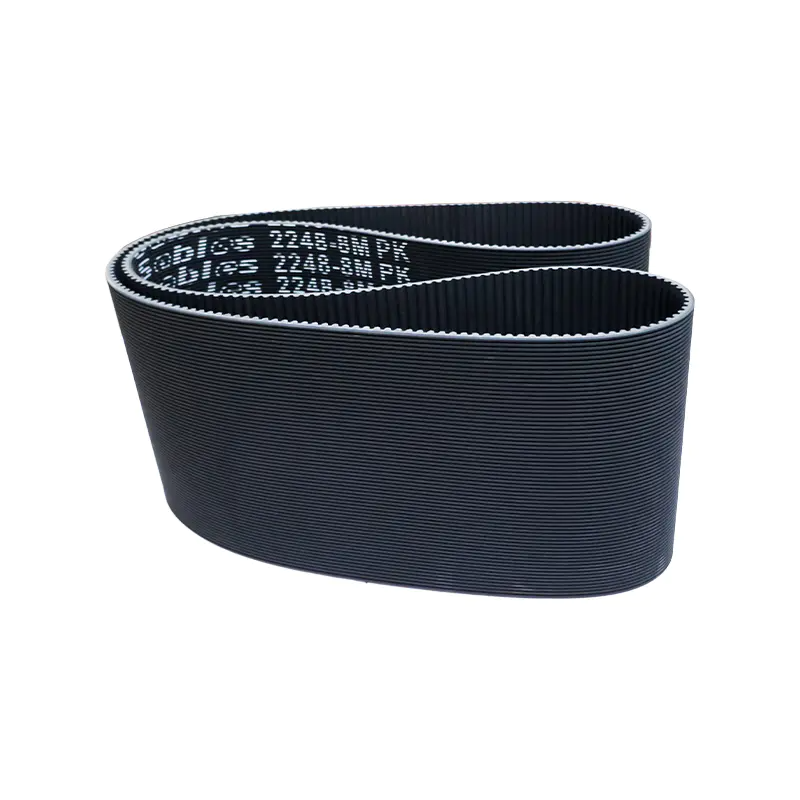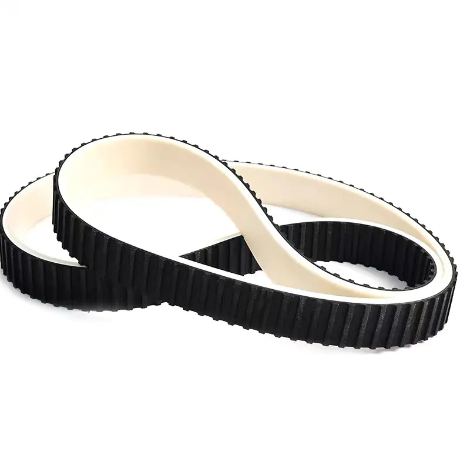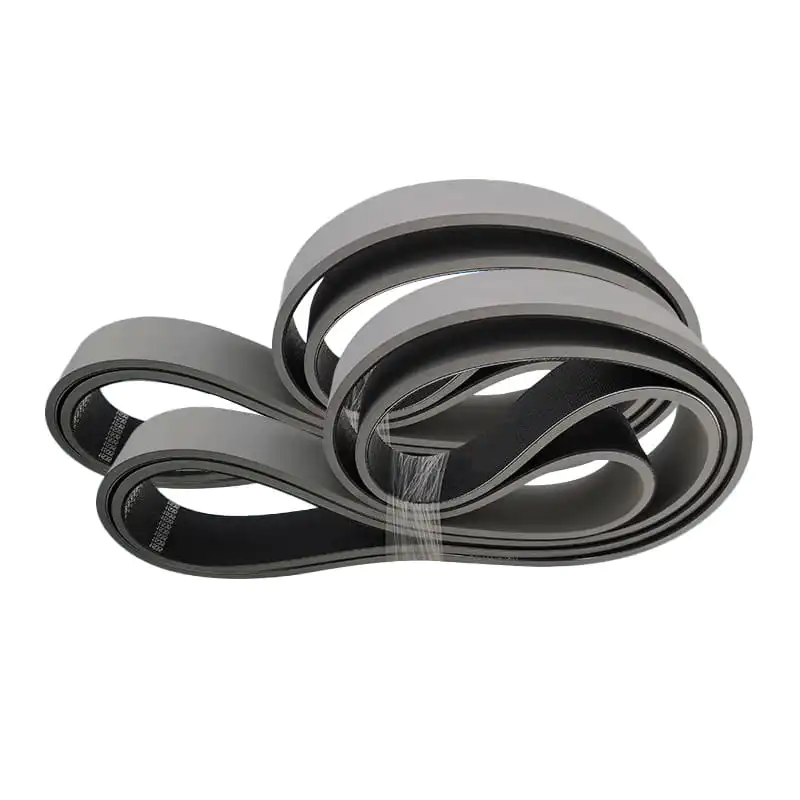-
What Are the Differences and Applications of Rubber V-belts and Wide-angle Belts?

Rubber V-belts and wide-angle belts both transmit power, but they differ in design and use. Let’s clarify with key questions.Do Their Designs Impact How They Work?Yes, design differences change perf...
View More -
What Factors Should You Prioritize When Selecting Rubber Ribbed Belts for Industrial Machinery?

What are the Key Material - Related Considerations?Rubber ribbed belts can be made from different types of rubber compounds. For general - purpose applications in various industries, high - quality r...
View More -
How Can You Prolong the Lifespan of Rubber Timing Belts?

1.Proper Tensioning: The Foundation of LongevityMaintaining the correct tension in rubber timing belts is essential for their longevity. Over - tensioning can cause excessive stress on the belt, lead...
View More -
What are the Unbeatable Advantages of a Silicone Belt?

What is a Silicone Belt Made Of? A silicone belt is typically made from high - quality silicone rubber. Silicone is a synthetic polymer that contains silicon, oxygen, carbon, and hydrogen atoms. This...
View More -
Why Are Rubber Coated Belts a Must in Food & Mining Industries?

How Do Rubber Coated Belts Meet Food Industry Hygiene Standards? The food industry operates under strict hygiene regulations, and any equipment used in processing or transporting food must adhere to r...
View More -
Drive Belt Maintenance: 5 Essential Tips to Extend Its Lifespan

1. Inspect Regularly for Wear and Tear Frequency matters: Make it a habit to inspect your drive belt every 6,000 to 10,000 miles, or during routine oil changes. This simple check can catch problems e...
View More





